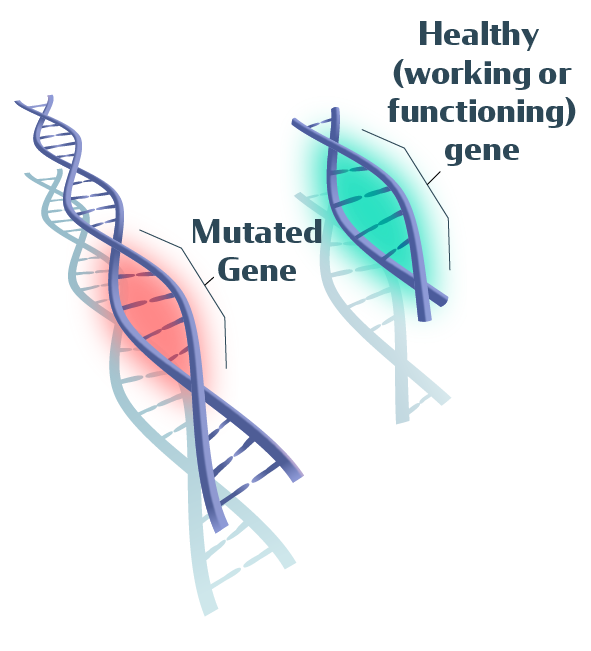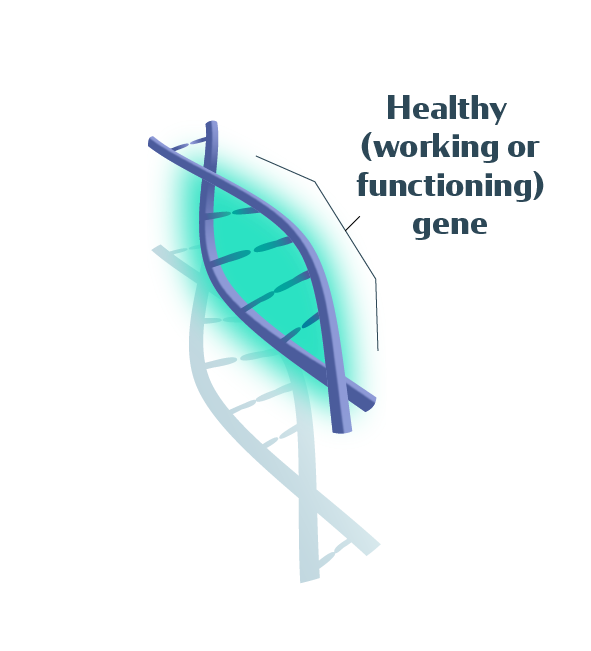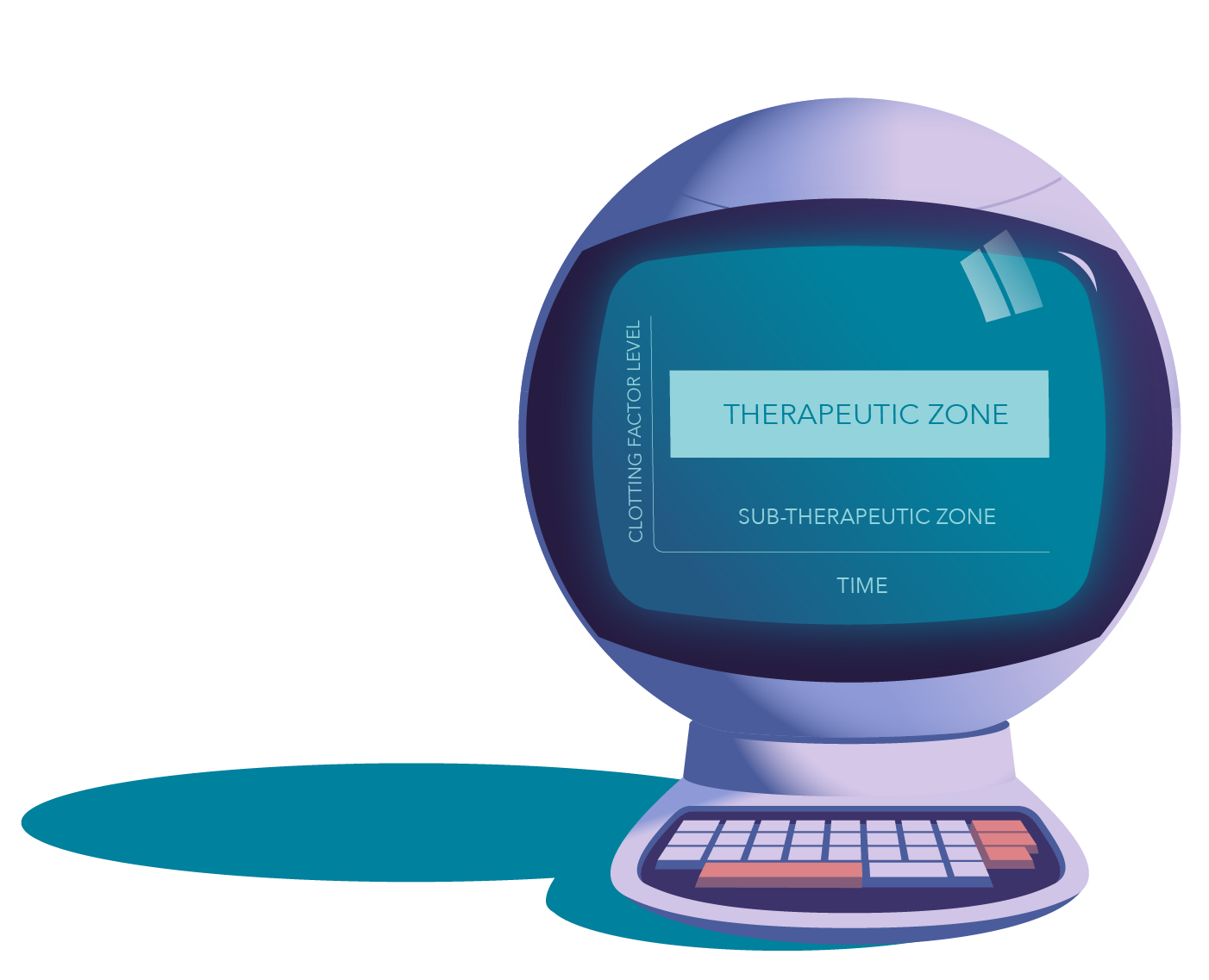FIND OUT MORE

Gene therapy (transfer or addition) Gene therapy (transfer or addition) The transfer or addition of genetic material into a cell. Once in the cell, a working copy of a gene can help make proteins despite the presence of a faulty or mutated gene. doesn’t just aim to treat symptoms of a disease or disorder. Instead, gene therapy can potentially help treat certain diseases by introducing a healthy (working or functioning) gene that may improve the burden of hemophilia treatment.

In the case of hemophilia A or B, the introduced gene is intended to inform the body to produce the factor VIII or factor IX protein involved in blood clotting.
FIND OUT MORE
Gene therapy
research in
hemophilia
Gene therapy has been studied for more than 50 years
across a variety of medical conditions, and for over 20
years in hemophilia. Research is continuing today with
clinical trials ongoing.
FIND OUT MORE

Scientists are currently researching if gene therapy can
help patients achieve potential one-time dosing while
minimizing their risk of bleeds.
Gene therapy may help some people with hemophilia
manage their disease without the need for frequent
infusions or injections.
While scientists continue to research gene therapy in hemophilia,
it’s
important to note gene therapy may not be appropriate for all people with hemophilia.
For more information on who has been included in gene therapy
research so far, click here.
FIND OUT MORE
As research evolves, this site will be updated to include new information over time.
Sign up for updates
Back to top

